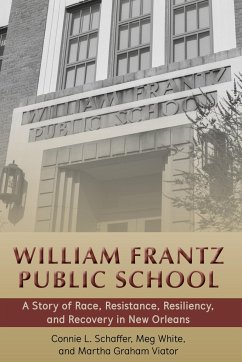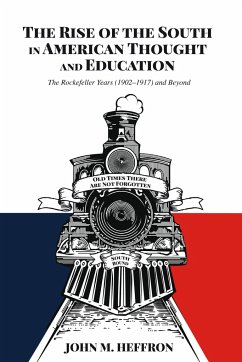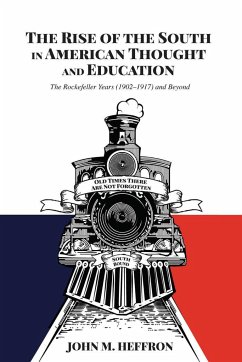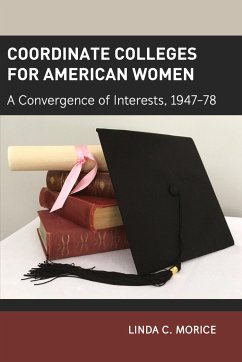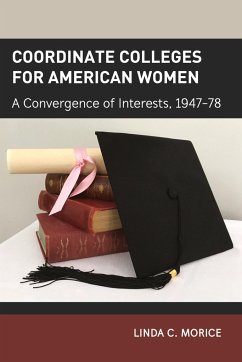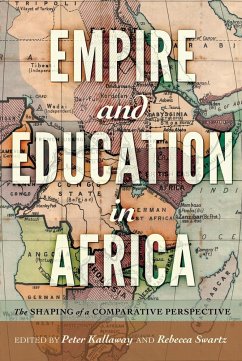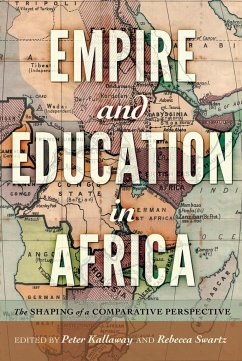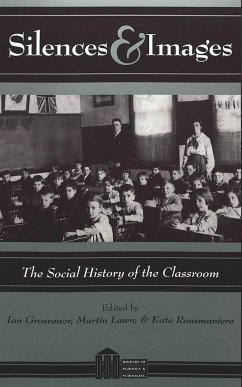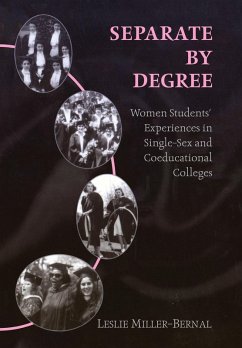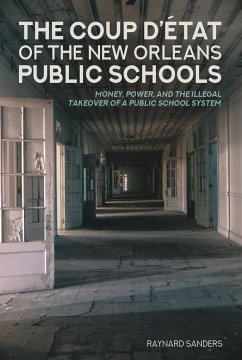
William Frantz Public School
A Story of Race, Resistance, Resiliency, and Recovery in New Orleans
Herausgegeben: Sadovnik, Alan R.; Semel, Susan F.;Mitarbeit: Brown, Corine Cadle Meredith
Versandkostenfrei!
Versandfertig in 6-10 Tagen
48,70 €
inkl. MwSt.
Weitere Ausgaben:

PAYBACK Punkte
0 °P sammeln!
Why should you care about what happened to William Frantz Public School? Yes, Ruby Bridges entered the iconic doors of William Frantz in 1960, but the building's unique role in New Orleans school desegregation is only one part of the important history of this school. Many additional and equally important stories have unfolded within its walls and the neighborhoods surrounding it. These stories matter.It matters that society has historically marginalized Black students and continues to do so. It matters that attempts to dismantle systemic racism in schools and other institutions still face stro...
Why should you care about what happened to William Frantz Public School? Yes, Ruby Bridges entered the iconic doors of William Frantz in 1960, but the building's unique role in New Orleans school desegregation is only one part of the important history of this school. Many additional and equally important stories have unfolded within its walls and the neighborhoods surrounding it. These stories matter.
It matters that society has historically marginalized Black students and continues to do so. It matters that attempts to dismantle systemic racism in schools and other institutions still face strong resistance, and these issues continue to deeply divide the United States. It matters that the building remains standing as an indomitable symbol of the resiliency of public education despite decades of waning support, misguided accountability, and a city devasted by Hurricane Katrina. It matters that opportunism, under the guise of recovery, reshaped public education in New Orleans.
William Frantz Public School: A Story of Race, Resistance, Resiliency, and Recovery in New Orleans provides more than an examination of education in one school and one city. It recounts a story that matters to anyone who cares about public education.
It matters that society has historically marginalized Black students and continues to do so. It matters that attempts to dismantle systemic racism in schools and other institutions still face strong resistance, and these issues continue to deeply divide the United States. It matters that the building remains standing as an indomitable symbol of the resiliency of public education despite decades of waning support, misguided accountability, and a city devasted by Hurricane Katrina. It matters that opportunism, under the guise of recovery, reshaped public education in New Orleans.
William Frantz Public School: A Story of Race, Resistance, Resiliency, and Recovery in New Orleans provides more than an examination of education in one school and one city. It recounts a story that matters to anyone who cares about public education.





